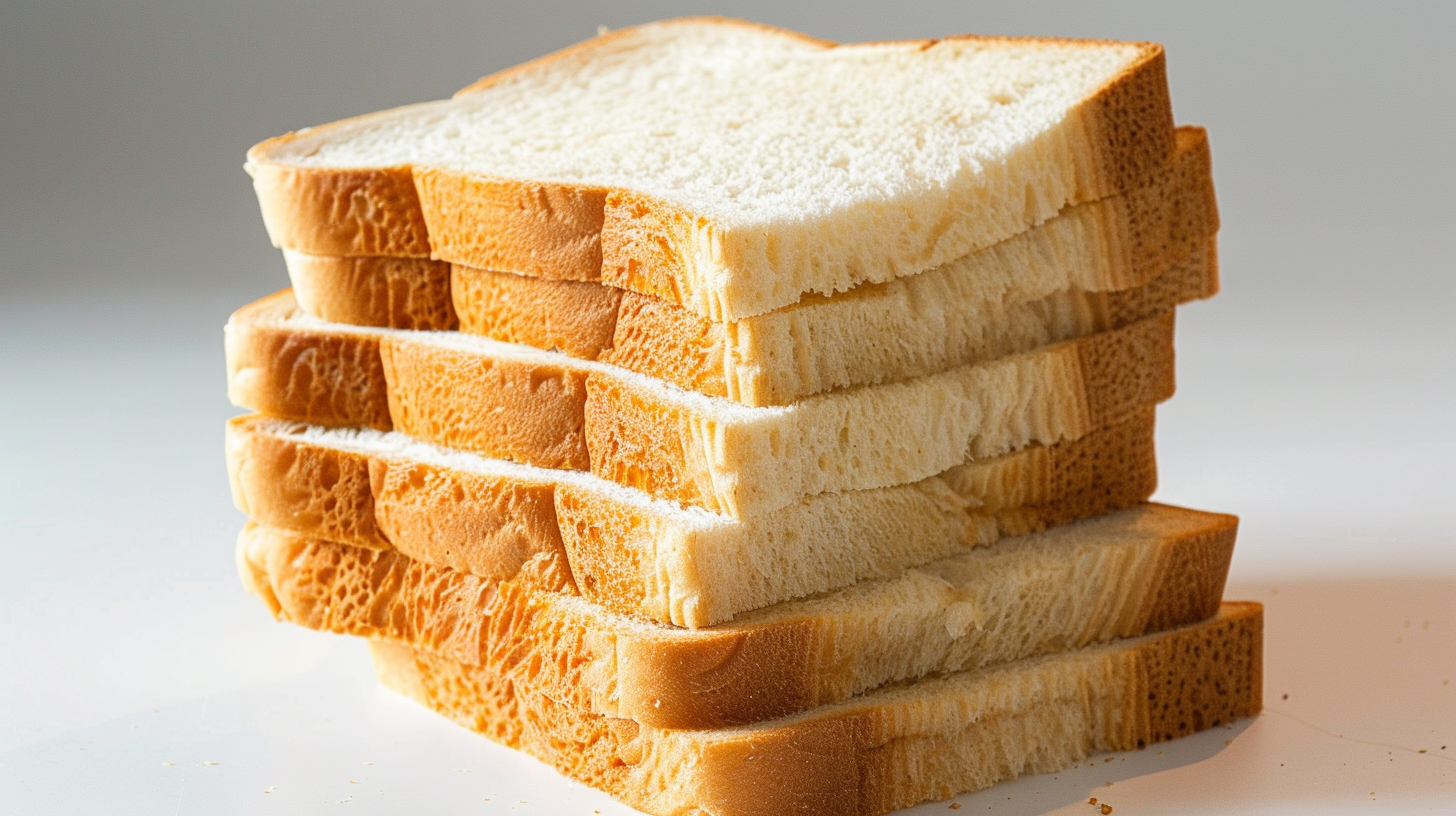
Maintaining stable blood sugar levels is crucial for overall health, particularly for individuals with diabetes or those at risk of developing the condition. Blood sugar spikes can lead to a host of health issues, including fatigue, headaches, increased thirst, and more severe long-term complications such as cardiovascular disease. Understanding which foods tend to spike blood sugar is essential for managing and preventing these issues. Here are six foods that are notorious for causing blood sugar spikes:
1. White Bread and Other Refined Carbs
White bread, along with other refined carbohydrates such as white rice and pasta, can cause significant spikes in blood sugar levels. These foods have a high glycemic index (GI), which measures how quickly a food raises blood sugar levels. Refined carbs are stripped of their fiber and nutrients during processing, making them quickly digestible and easily converted into glucose.
Healthier Alternatives: Choose whole grain options like whole wheat bread, brown rice, and whole grain pasta. These alternatives have a lower glycemic index and are higher in fiber, which helps slow the absorption of glucose into the bloodstream.
2. Sugary Beverages
Sugary beverages, including soda, sweetened tea, energy drinks, and even fruit juices, are among the worst culprits for blood sugar spikes. These drinks are loaded with simple sugars that are rapidly absorbed into the bloodstream, leading to a quick and often dramatic increase in blood sugar levels.
Healthier Alternatives: Opt for water, unsweetened tea, or infused water with slices of lemon, cucumber, or berries for a flavorful but low-sugar beverage option. If you enjoy fruit juice, consider diluting it with water to reduce the sugar content.
3. Sweetened Breakfast Cereals
Many breakfast cereals, especially those marketed to children, are high in added sugars and refined carbohydrates. Even cereals that seem healthy, such as granola or flavored oatmeal, can contain significant amounts of sugar that can cause blood sugar levels to rise rapidly.
Healthier Alternatives: Choose whole grain cereals with no added sugar, such as plain oatmeal or bran flakes. Adding fresh fruit or a small amount of honey can provide natural sweetness without causing a significant spike in blood sugar.
4. Baked Goods and Pastries
Baked goods like cookies, cakes, pastries, and donuts are often packed with refined flour and sugar, both of which contribute to rapid increases in blood sugar levels. These treats not only lack nutritional value but also contain unhealthy fats that can further complicate blood sugar management.
Healthier Alternatives: Try baking at home using whole grain flours and natural sweeteners like applesauce, banana, or dates. There are also many recipes available for low-carb, high-fiber baked goods that can satisfy your sweet tooth without causing blood sugar spikes.
5. Candy and Sweets
Candy, including chocolate bars, gummies, and hard candies, are high in simple sugars that can cause immediate and severe spikes in blood sugar. These treats offer little to no nutritional benefit and can contribute to weight gain and other health issues when consumed in excess.
Healthier Alternatives: Opt for small amounts of dark chocolate, which has less sugar and a lower glycemic index. You can also satisfy your sweet cravings with fresh or dried fruit (without added sugar), nuts, or seeds.
6. Fast Food and Processed Snacks
Fast food items and processed snacks, such as chips, crackers, and microwaveable meals, often contain refined carbohydrates, unhealthy fats, and added sugars. These ingredients can quickly elevate blood sugar levels and provide little nutritional benefit.
Healthier Alternatives: Prepare homemade versions of your favorite fast foods using whole, unprocessed ingredients. For snacks, choose options like raw vegetables with hummus, plain yogurt with berries, or a handful of nuts.
Understanding Glycemic Index and Glycemic Load
The glycemic index (GI) is a useful tool for understanding how different foods impact blood sugar levels. Foods with a high GI are quickly digested and absorbed, causing rapid spikes in blood sugar. Conversely, foods with a low GI are digested more slowly, leading to a gradual rise in blood sugar. The glycemic load (GL) takes into account the amount of carbohydrates in a serving of food, providing a more accurate representation of a food’s impact on blood sugar levels.
Tips for Managing Blood Sugar Levels
- Monitor Carbohydrate Intake: Pay attention to portion sizes and the types of carbohydrates you consume. Choose complex carbs that are high in fiber and have a low glycemic index.
- Combine Macronutrients: Pairing carbohydrates with protein and healthy fats can help slow the absorption of glucose into the bloodstream, preventing rapid spikes in blood sugar.
- Stay Hydrated: Drinking plenty of water helps maintain healthy blood sugar levels and supports overall health.
- Exercise Regularly: Physical activity helps your body use glucose more efficiently and can improve insulin sensitivity.
- Monitor Blood Sugar Levels: Regular monitoring can help you understand how different foods affect your blood sugar and make necessary adjustments to your diet.
Conclusion
Managing blood sugar levels is a critical aspect of maintaining overall health and preventing diabetes-related complications. By being aware of foods that tend to spike blood sugar and making healthier choices, you can keep your blood sugar levels stable and improve your well-being. Remember, the key to a healthy diet is balance and moderation, so enjoy your favorite foods in a way that supports your health goals.






Leave a Reply